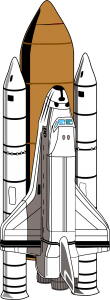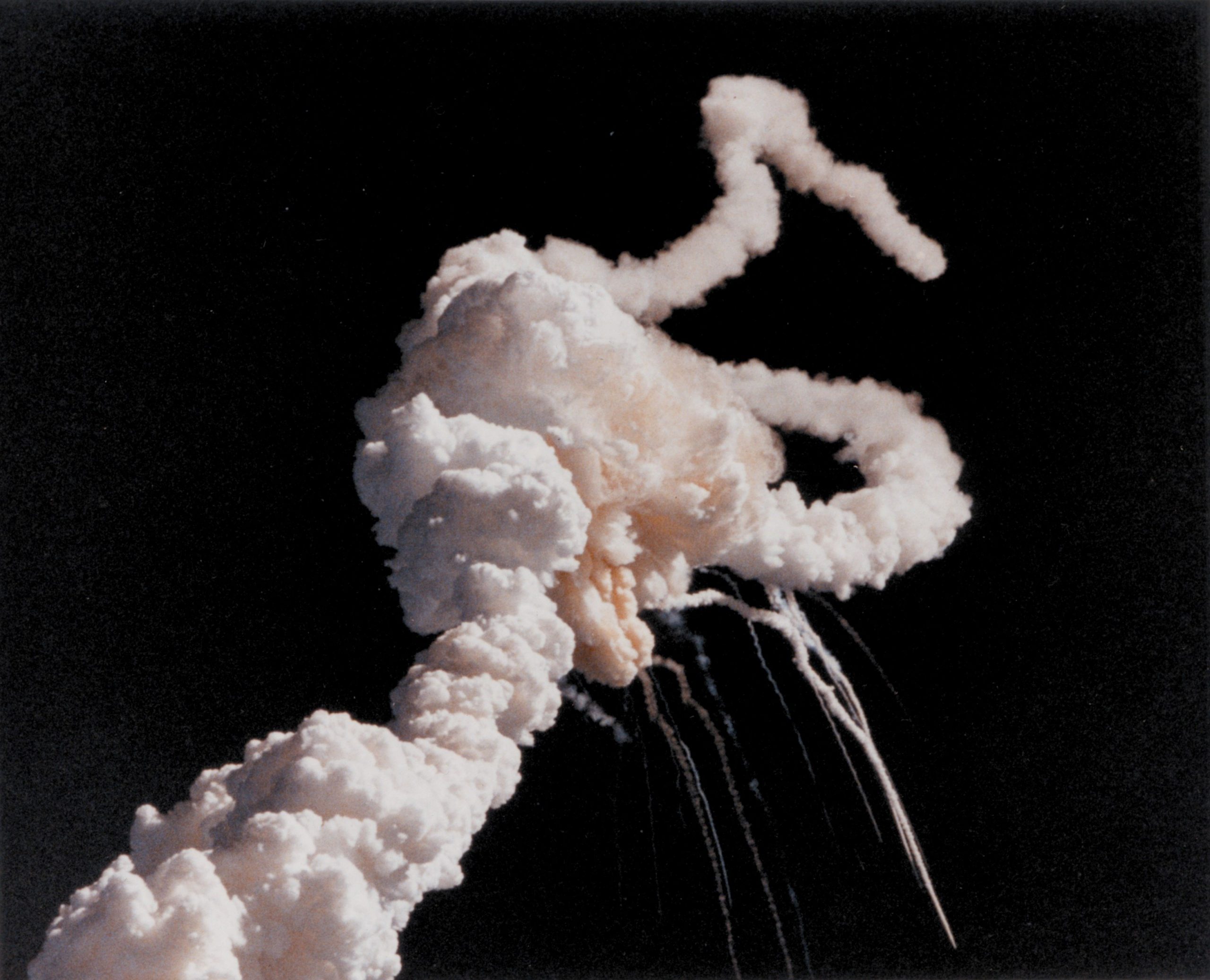Image credit: NASA
This week in the anniversaries of three space disasters we are remembering the astronauts who have lost their lives pursuing our common dream for space exploration.
Jan 27, 1967
On January 27, 1967 Apollo 1 astronauts Gus Grissom, Ed White and Roger B. Chaffee were killed in a fire that broke out during a dress rehearsal of the launch. The accident happened less than a month before the scheduled take-off of the first manned Apollo mission. An electric spark caused a fire that quickly spread in a pure oxygen atmosphere of the cabin. The “plug” hatch prevented the evacuation of the crew.
Apollo 1 was a test mission. The goal of the expedition was to orbit around the Earth for up to two weeks and test the “mother ship”, the command module in which the following crews will travel to the Moon.
After the tragedy, the Apollo program was paused for almost two years. The engineers redesigned the hatch so that it now allowed for a quick evacuation. They also got rid of all the flammable materials and started using nitrogen-oxygen air during the tests. The first successful manned Apollo mission was Apollo 7 (October 11-22, 1968).
Jan 28, 1986

On January 28, 1986 NASA Space Shuttle Challenger fell apart 73 seconds after the take-off. All seven crew members, five NASA astronauts and two payload specialists, were killed during the accident.
Challenger mission was supposed to carry out several experiments and deploy two satellites. One of the crew members, high-school teacher Christa McAuliffe, was to broadcast two space lessons as a part of a Teacher In Space project.
What went wrong?
The tragedy had to do with the solid rocket boosters located on both sides of the spacecraft. Each booster was made of four fuel tanks seated one on top of the other with rubber seals (so-called O-rings) in between.
It was a very chilly launch day at Cape Canaveral on Jan 28. The rings were never tested in such low temperatures. Therefore the engineers were concerned whether the rings can still operate safely. NASA managers, being under pressure to deliver the payload to orbit on time, gave a green light to the launch despite the recommendations of the specialists. During the take-off two of the seal rings failed, the spacecraft disintegrated killing the crew of Challenger, Dick Scobee, Michael J. Smith, Ronald McNair, Ellison Onizuka, Judith Resnik, Gregory Jarvis and Christa McAuliffe.
February 1, 2003
On February 1, 2003 the Space Shuttle Columbia fell apart during the reentry after spending 16 day in orbit. The entire crew, Rick D. Husband, William C. McCool, Ilan Ramon, Michael P. Anderson, Kalpana Chawla, David M. Brown, Laurel Salton Clark, died in the accident.
What went wrong?
This tragedy had to do with another Shuttle’s component, external tank (orange part on the picture), that contained liquid hydrogen and oxygen. Since the two had to be kept at low temperature, the external tank was covered with orange insulation foam. It was a well known problem that pieces of foam fell off during the take off, some of them striking the spacecraft and even leaving dents.
During the January 16, 2003 take-off a piece of the insulation foam the size of a briefcase peeled off from a fuel tank and hit the left wing of the spacecraft. The incident was only spotted on the 2nd day of Columbia’s mission when the ground team reviewed the footage of the launch. The astronauts were notified about the foam incident but assured that it will pose no danger to their return.The scientists and engineers on Earth, on the other hand, were very concerned. They wanted to use a satellite to look at the possible damage, but sadly were refused.
The experts later concluded that the foam made a hole in the wing. On the reentry the hot air entered the wing and broke the spaceship apart.
The disasters of Apollo 1, Shuttle Challenger and Shuttle Columbia will always remind us how daring, challenging and unforgiving the space travel is. Yes, it is not safe. And probably will never be. But will it stop us?
Would you like to learn more?
- Visit our inflatable space dome and learn more about space exploration
- Watch the New York Times report about the Challenger disaster
- Read the NASA report about Changes in Shuttle Post Challenger and Columbia
- Send your questions and comments to our portable planetarium team

